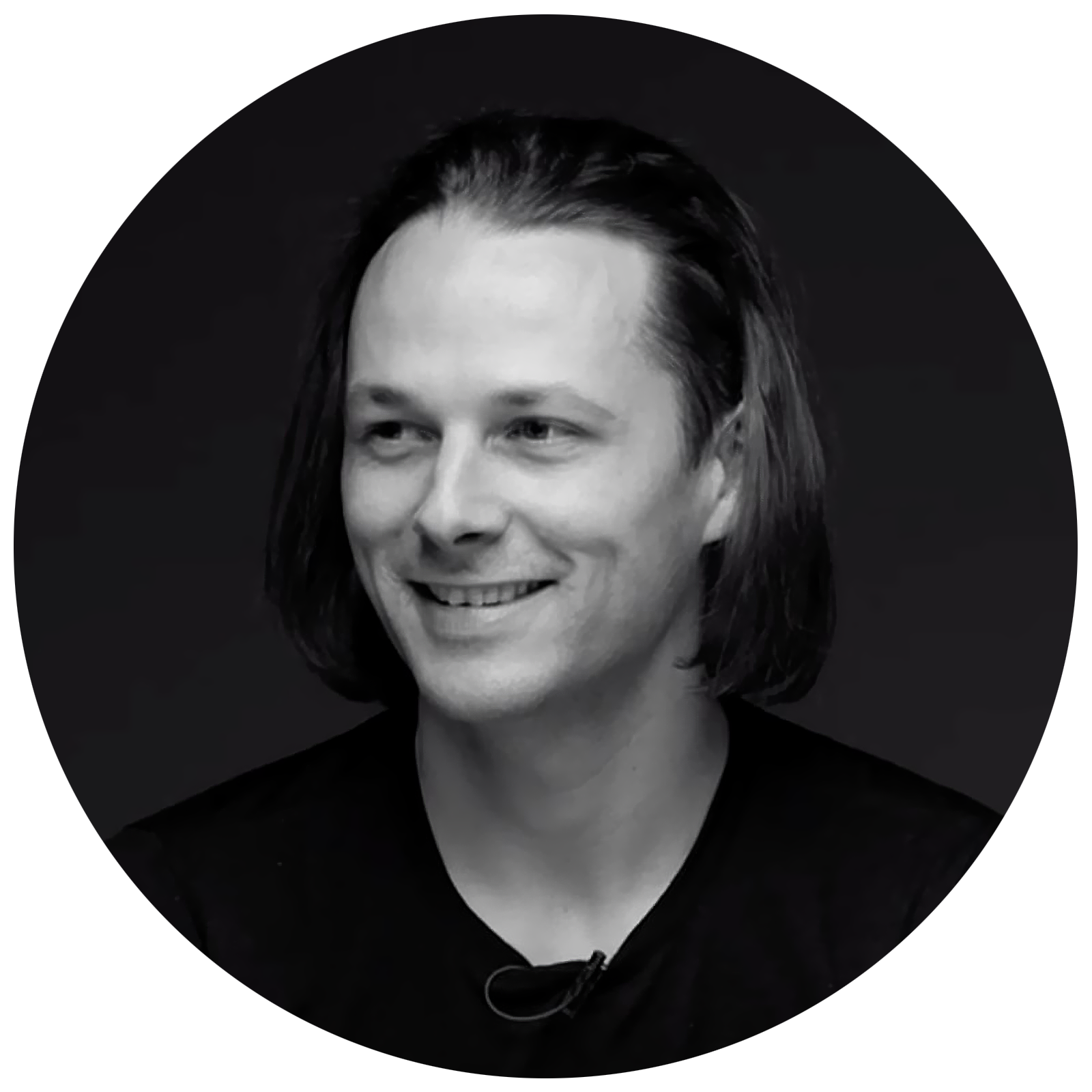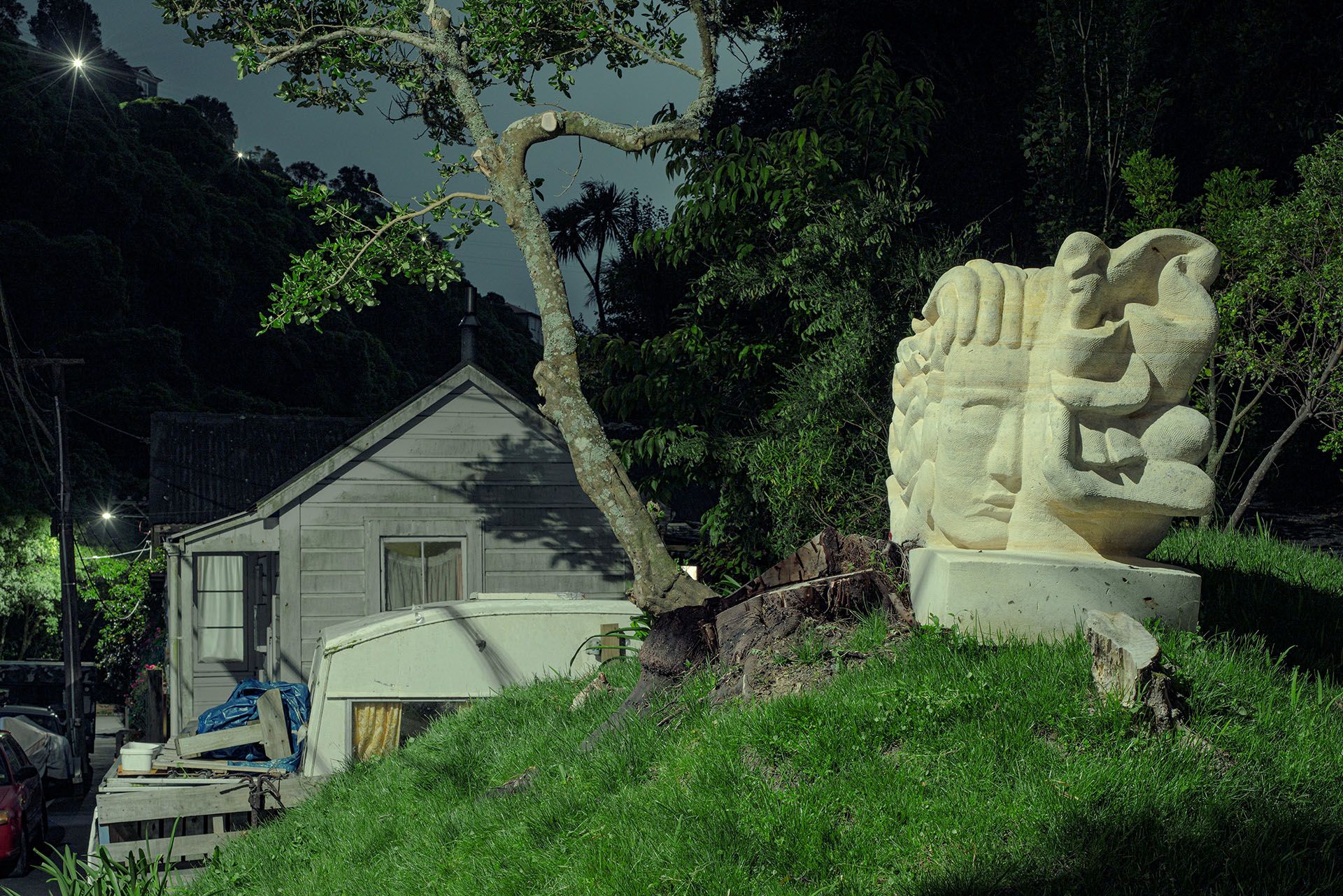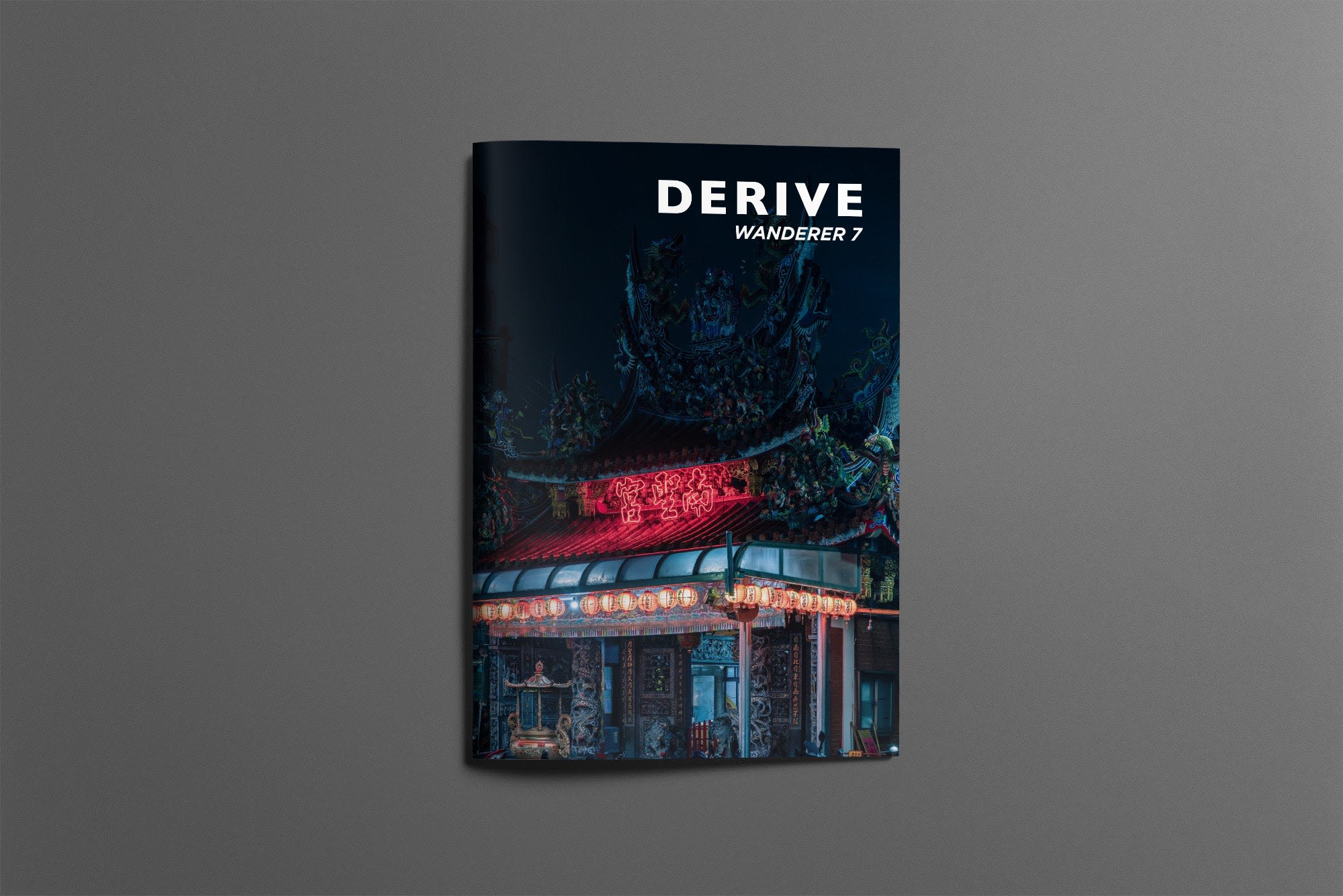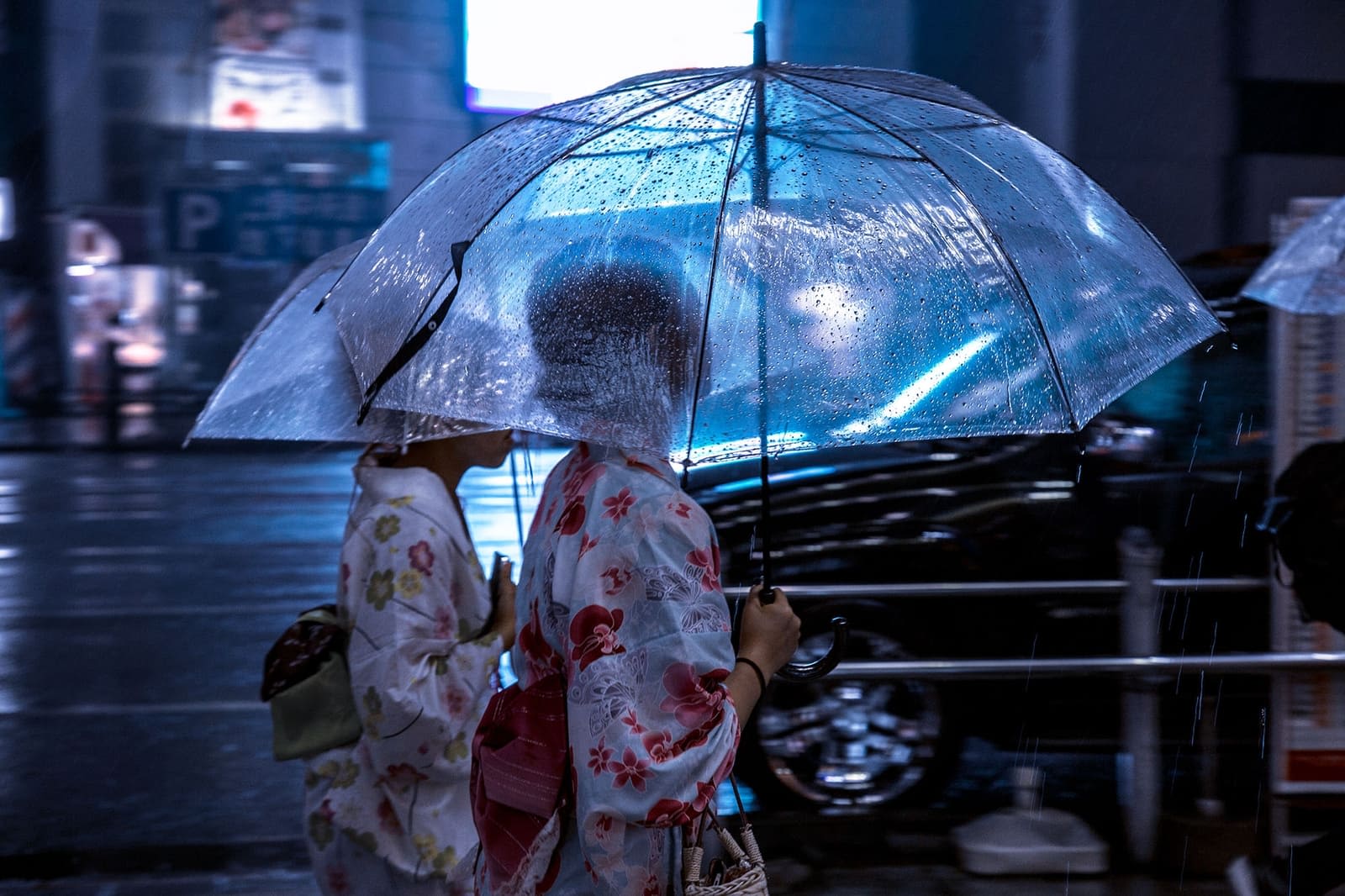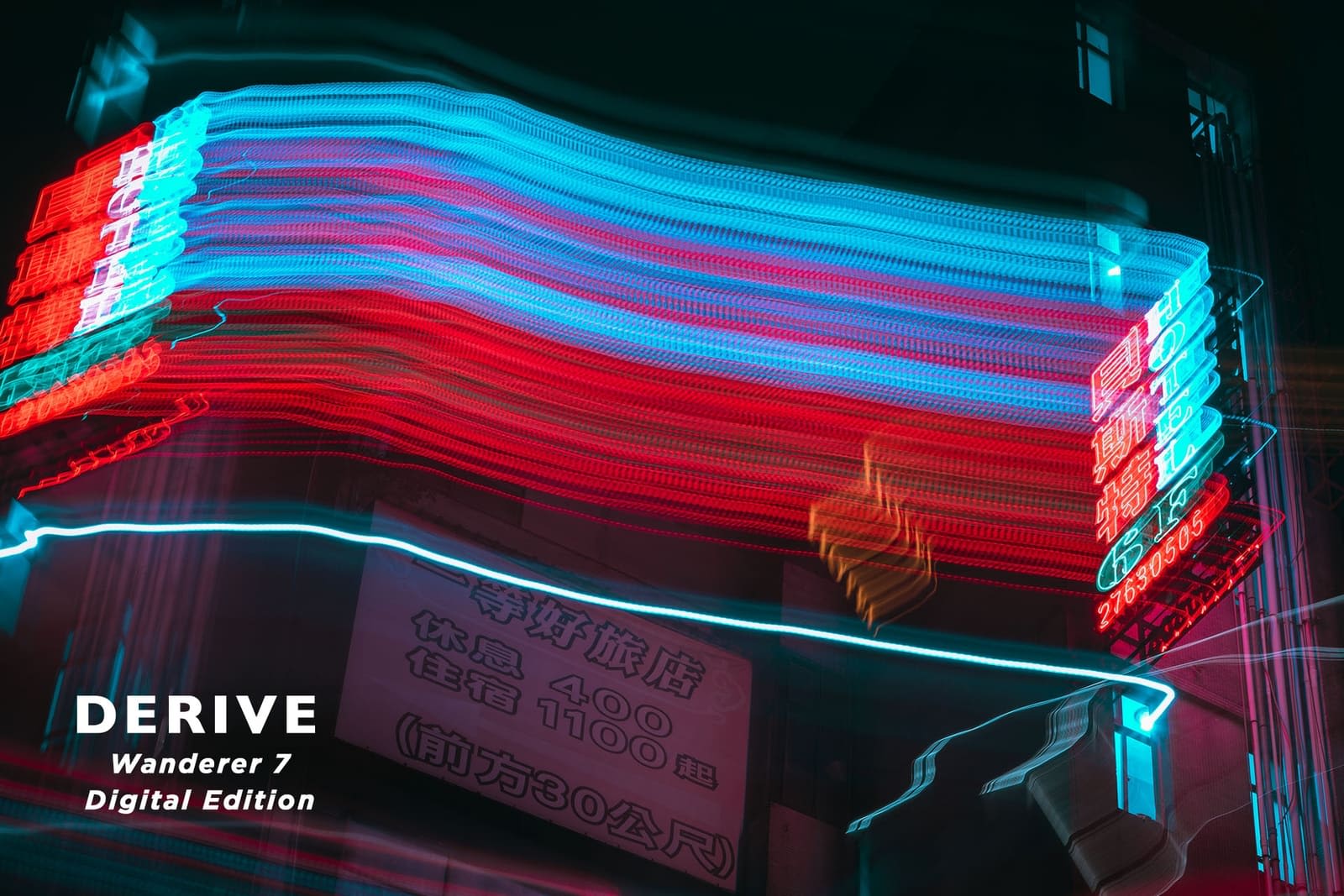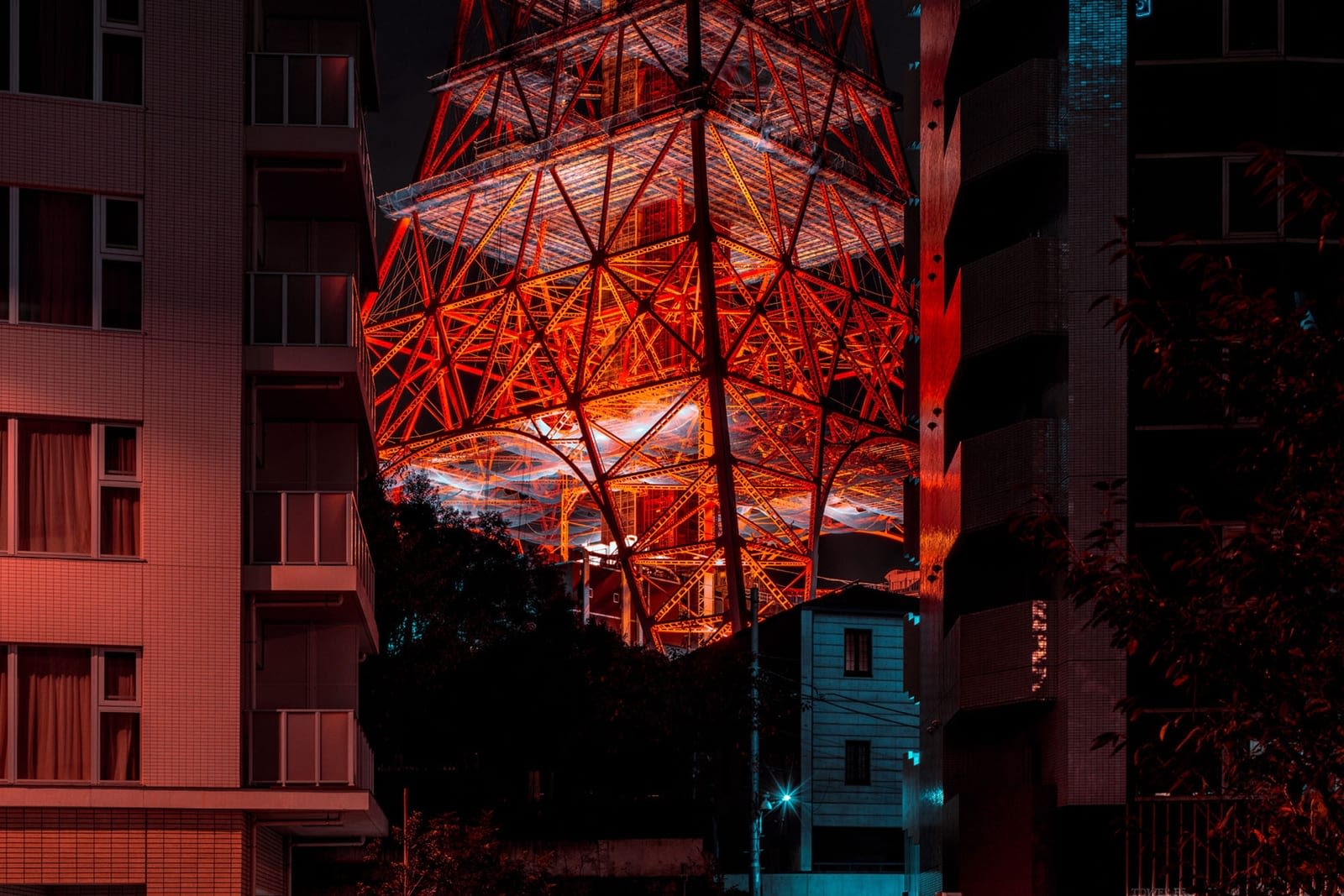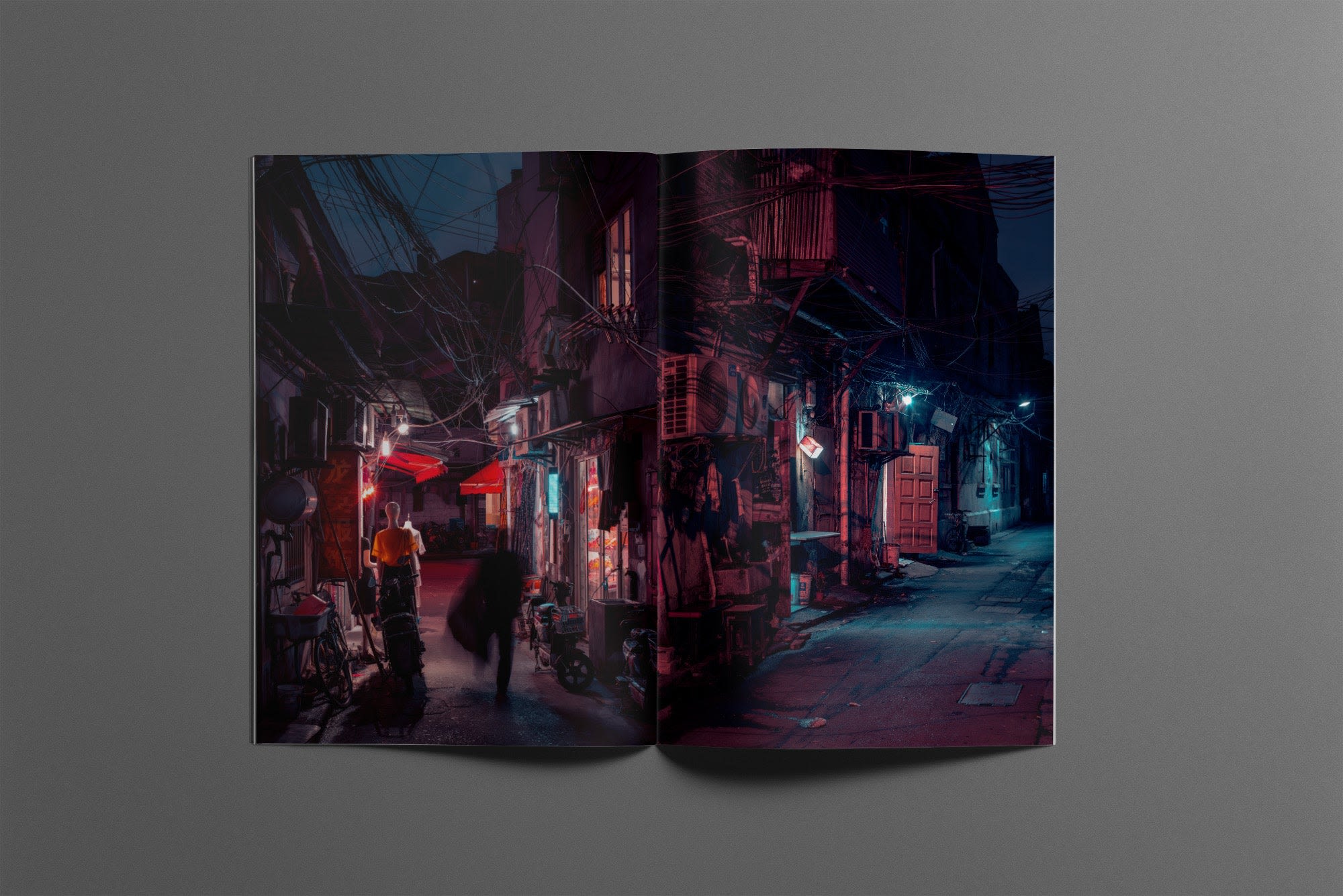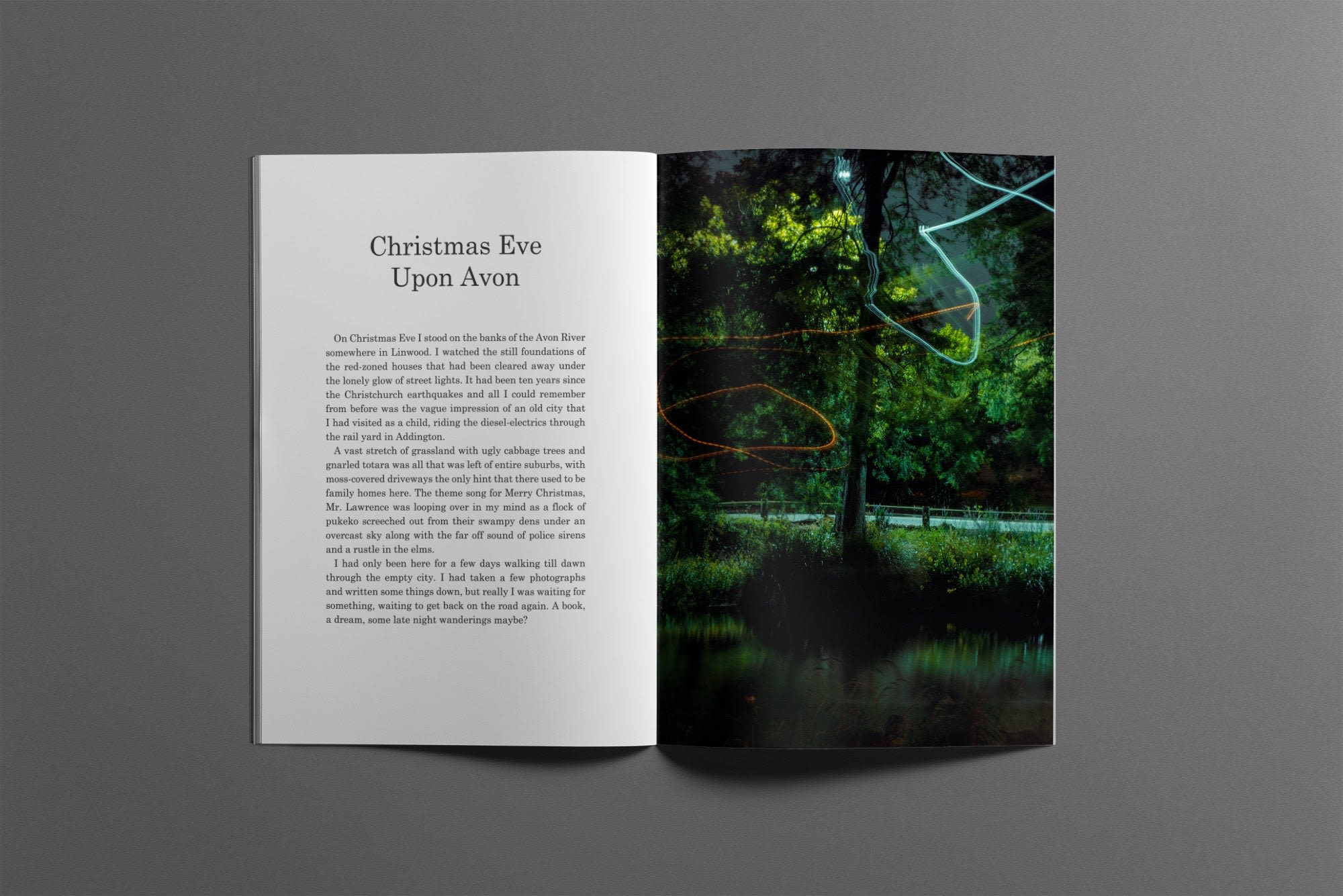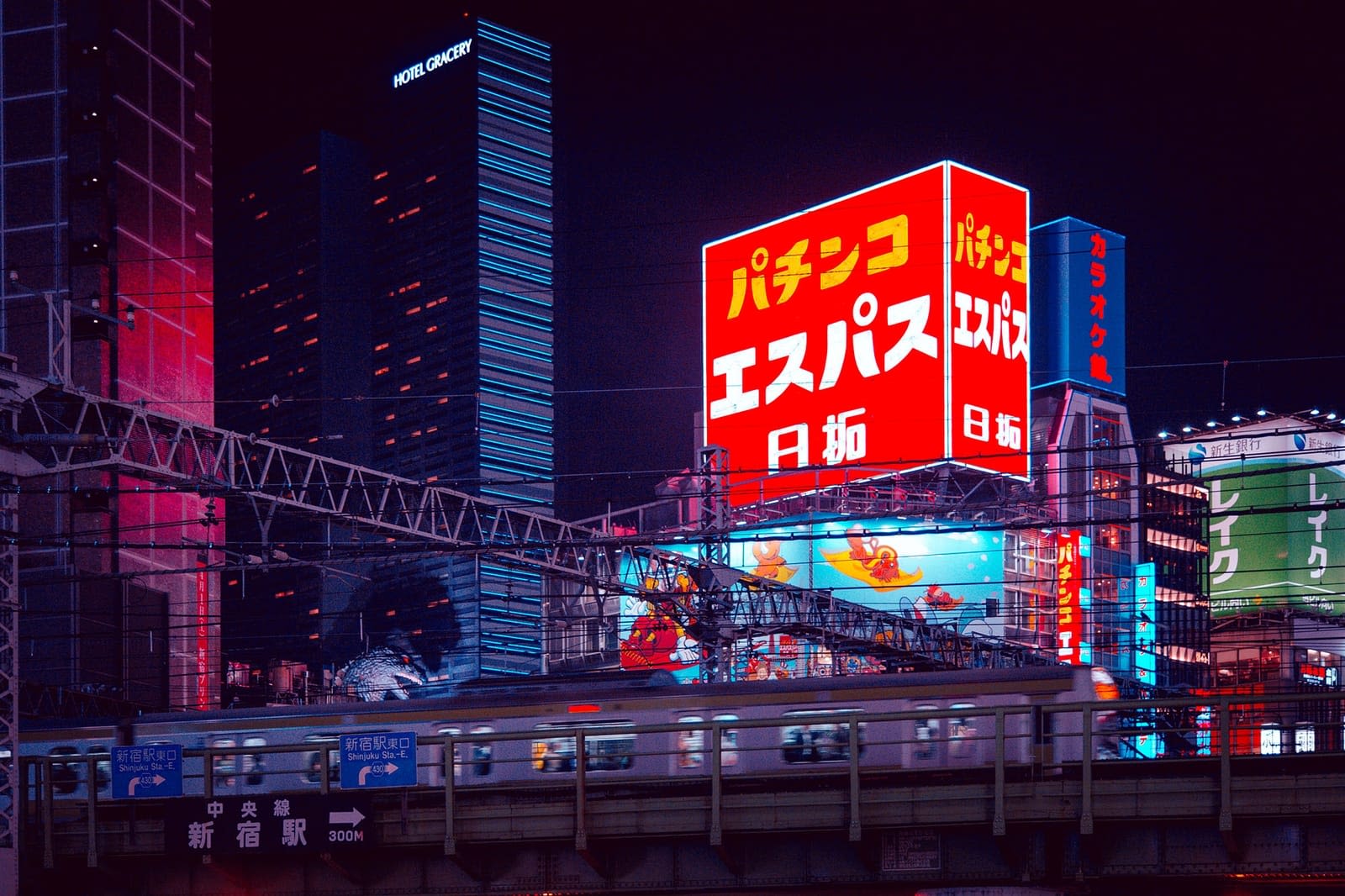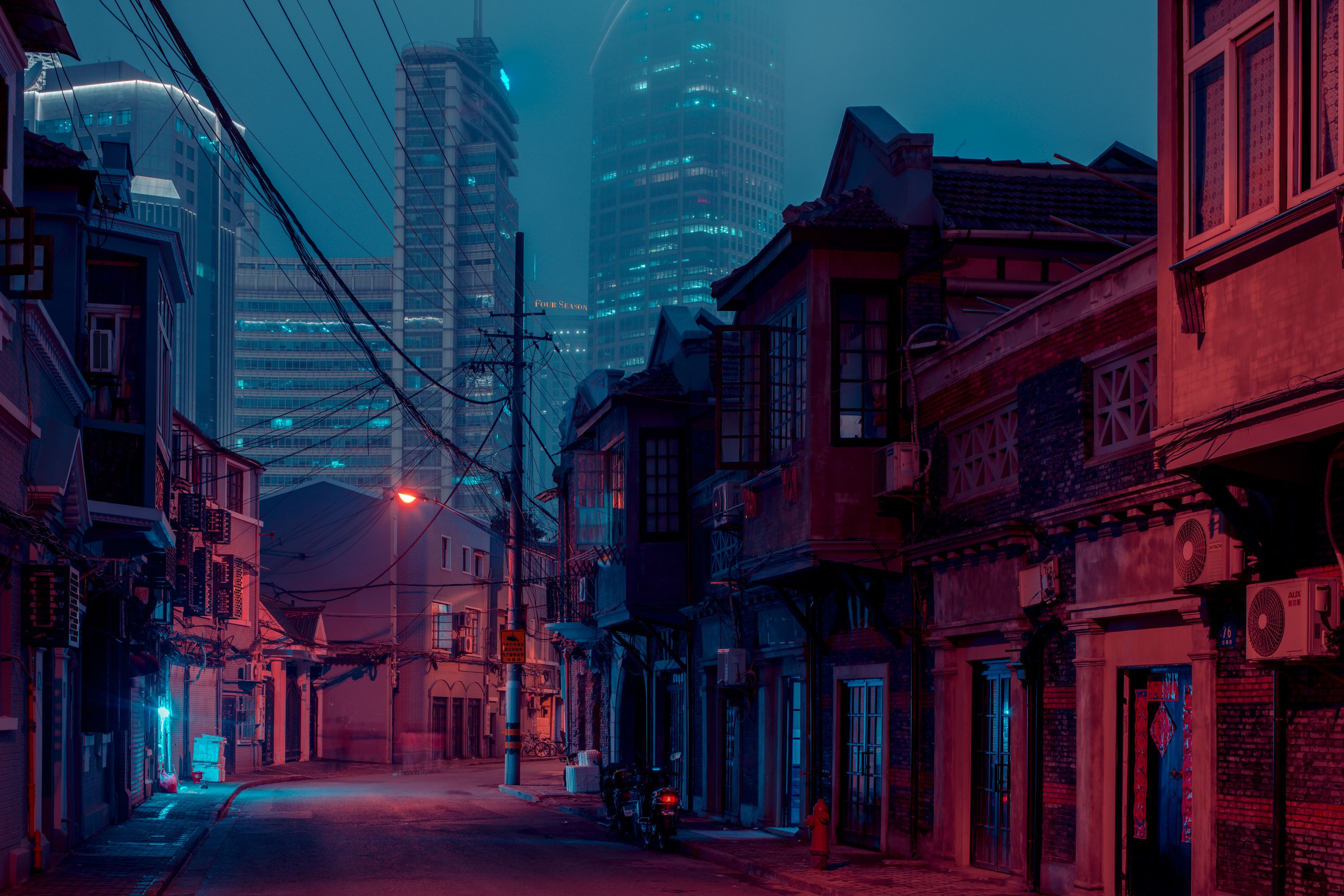

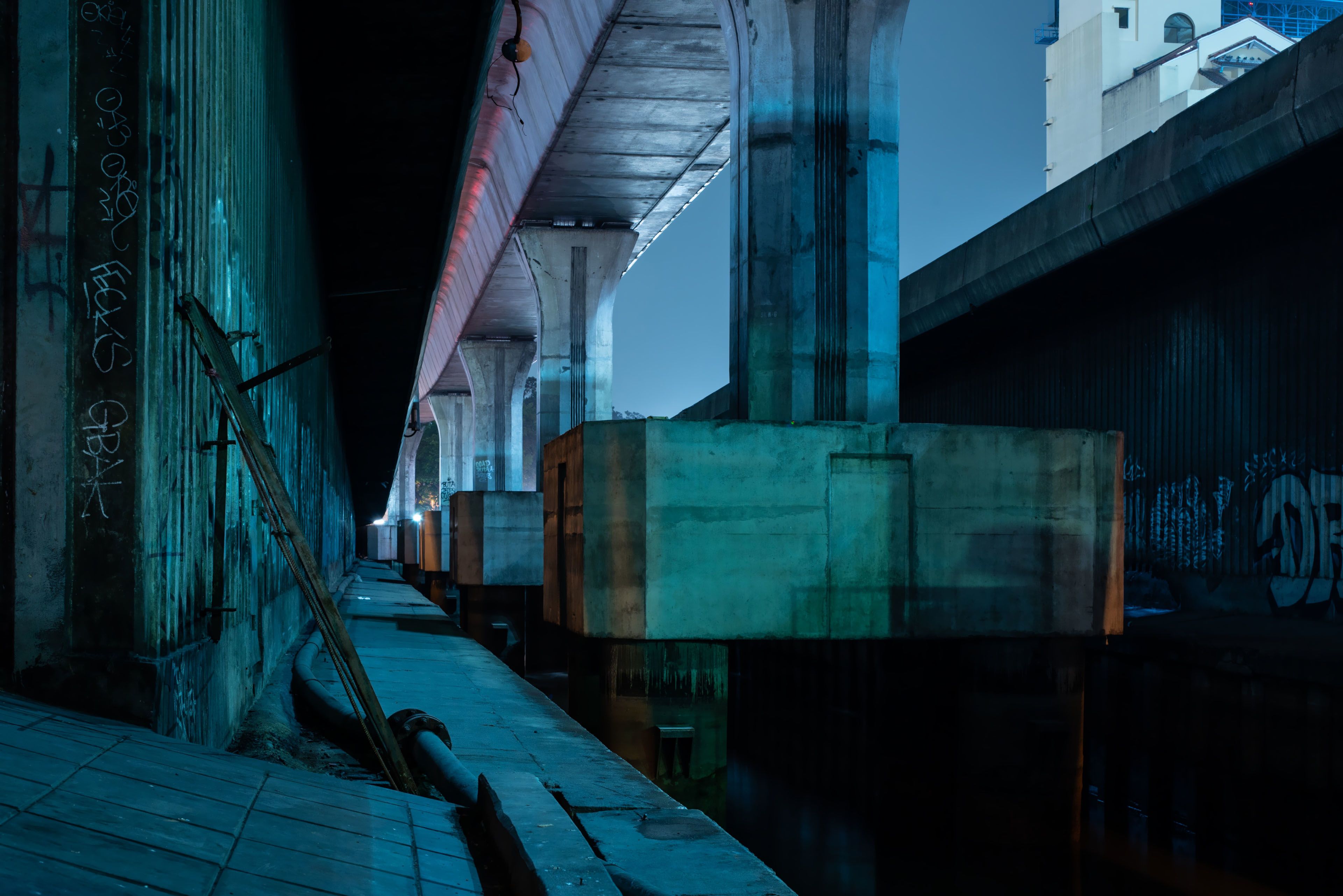
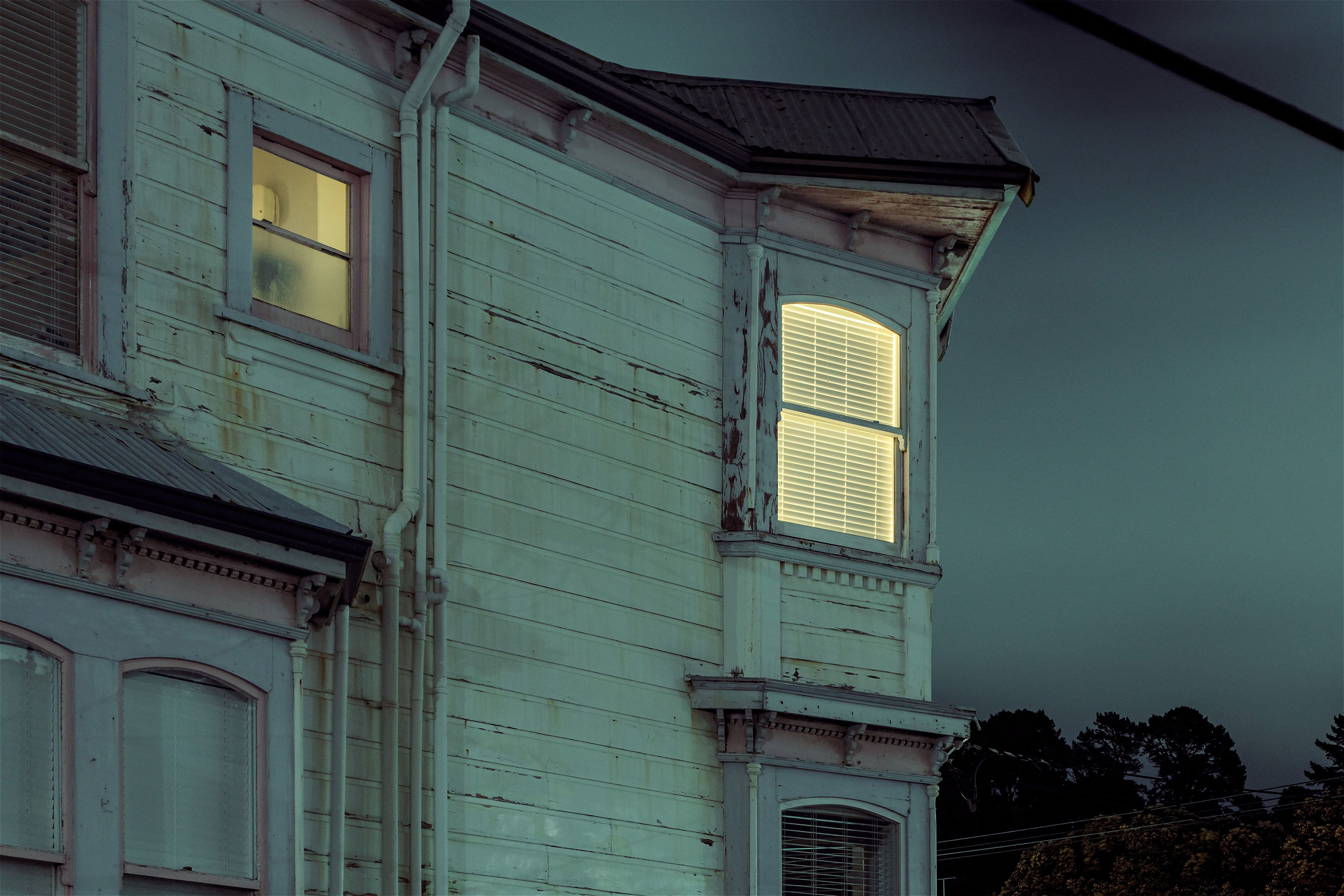
In this interview, Ellingham talks about how he photographs at night, how different media demand a different mode of storytelling, and he wonders: is there a way to slow down our pace of consumption on the web?
Thomasin Sleigh: Cody, I read that you are a self-taught photographer. How did you teach yourself?
Cody Ellingham: I bought a camera and I started taking it out every day, photographing, exploring, learning how to use it.
I didn't go through formal training, but there were people in my career who have definitely helped me. All of that emerged when I was living in Japan, where my career started. That's where I got a few gigs and it all started happening.
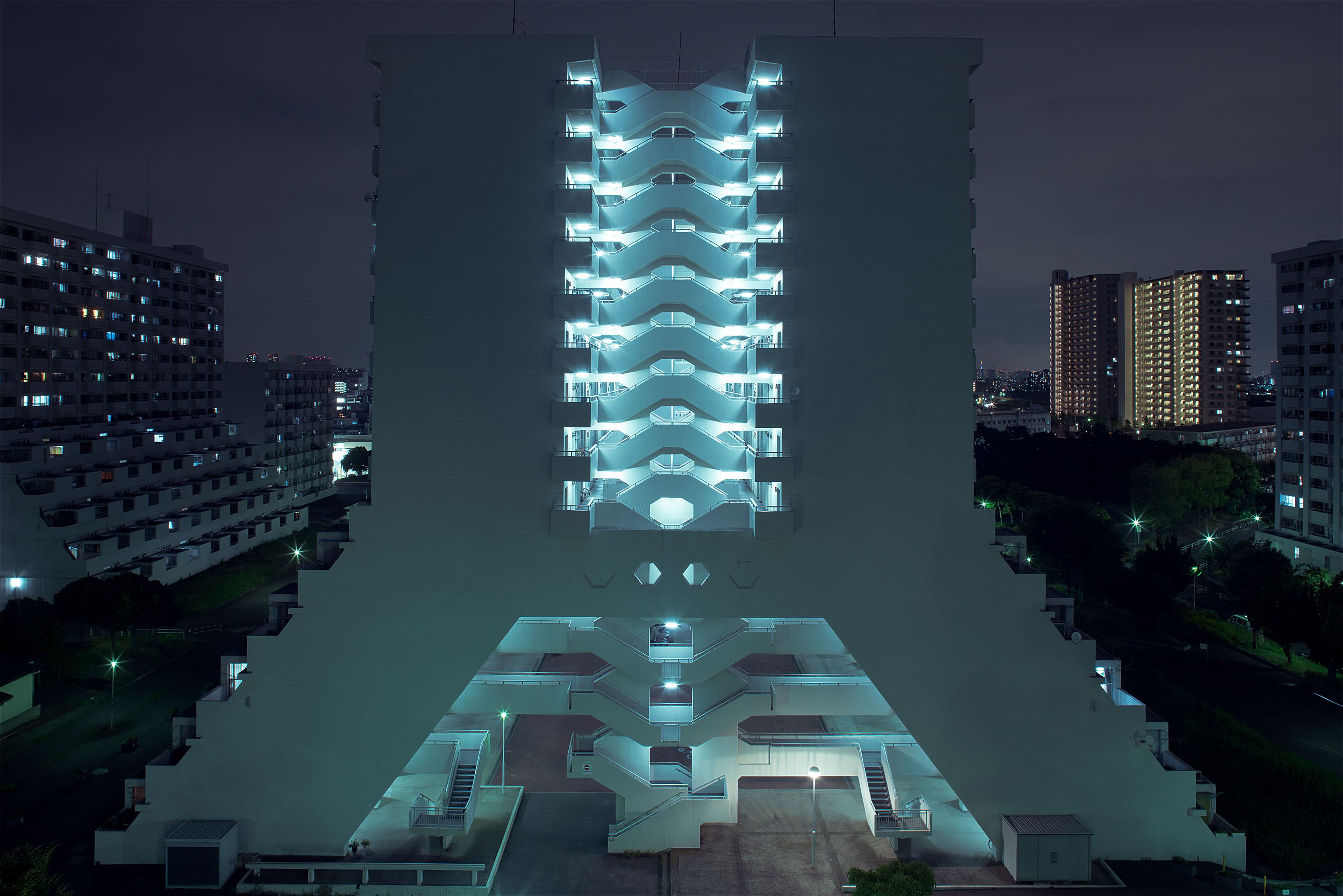
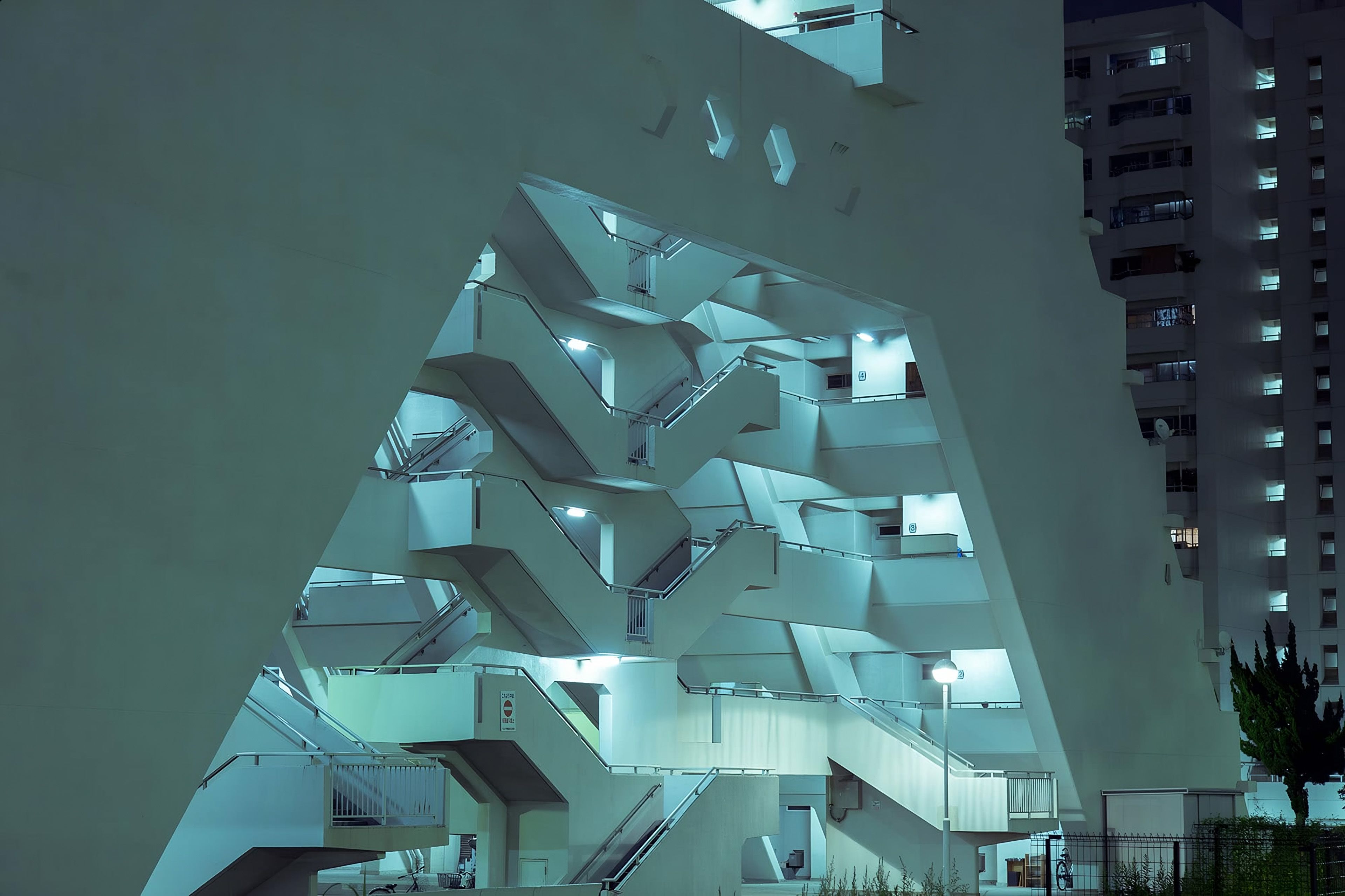
TS: Who were your mentors?
CE: I got to know a Japanese photographer, Shinichi Honda. He helped me to understand the conceptual side of what I do. He'd give me directions and I'd come back to him with these solutions and he'd nod or shake his head and then I would go away and do it again.
So it wasn't super hands-on, but he acted as a sounding board for me, to see if I was heading in the right direction. He let me discover my own style. I think that’s a very Japanese approach and it left a deep impression on me.
One of the things we often came back to was how to use photography to ask questions, not provide answers. If you're too literal or too obvious, you remove that opportunity for the audience to put themselves into it, to ask questions, and think closely.
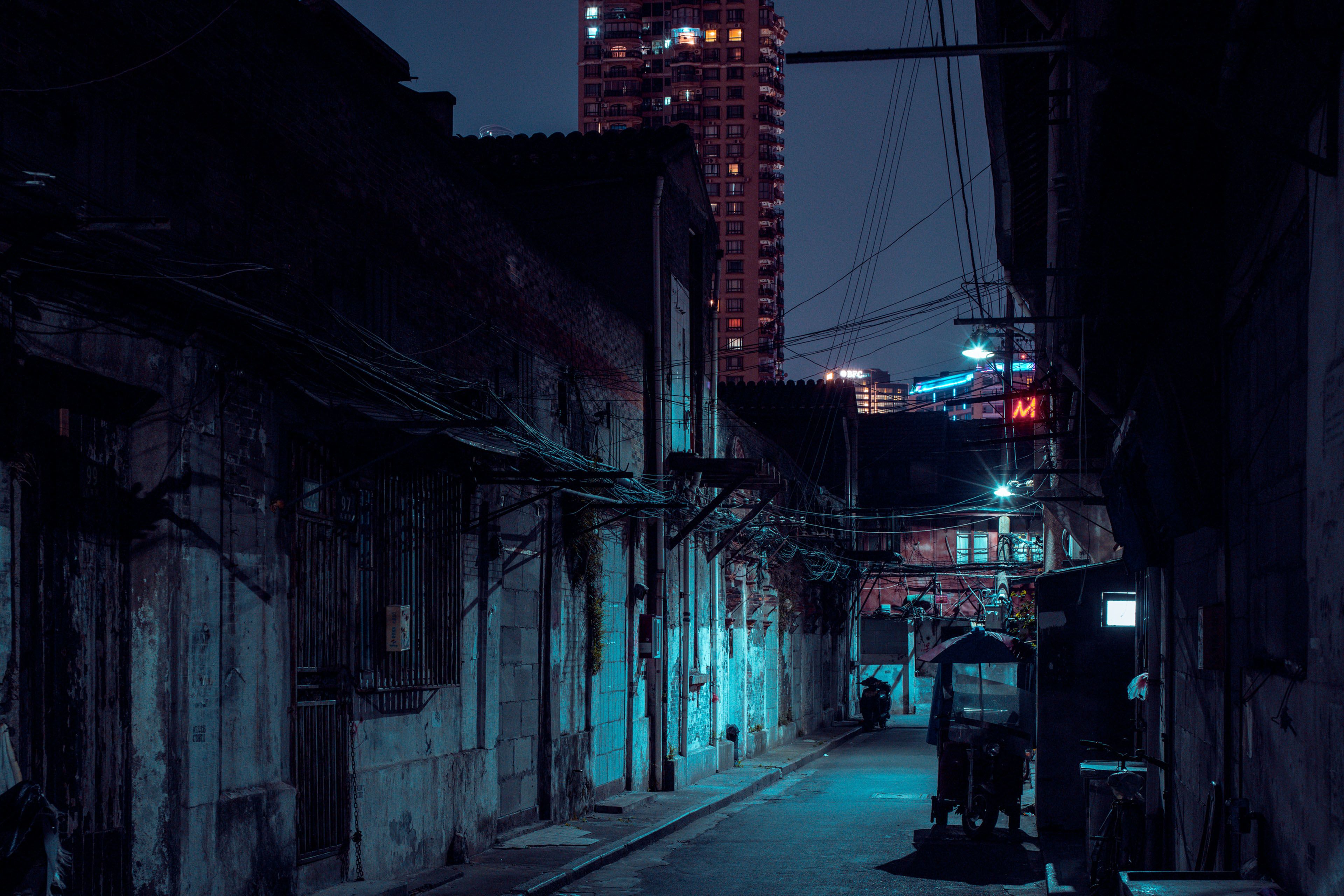


I’d characterise my time in Japan as extremely lonely and introspective, and so my imagery has been born from those ingredients.
TS: Do you photograph alone?
CE: Yes, almost exclusively. It's often nighttime and I'm in a foreign city and it can just be a bit strange if you've got two people walking around. Whereas, if it's one person, I'm able to slip into the shadows.
TS: You lived in Japan for a number of years and now you're based in Te Whanganui-a-tara Wellington. Do you look differently at places that are unfamiliar to you compared to places that are familiar?
CE: It's an interesting dynamic. I think the way I photograph New Zealand has taken a lot of practice to get to this point. I don't know if I’d consider taking photographs the way I do if I had never traveled or lived overseas.
My mode is of an outsider looking in and I think these images tell the story of an outsider. I think a lot of other New Zealand photography is more human-centered, there's people in the work and it tells human stories, whereas I'm much more interested in the story of the place. That's when I'm putting on my Japanese hat and thinking: as a Japanese photographer, what would I do? I've got this double mind. It's that separation and then introspection that leads to the image.
TS: Are you trying to depict reality or to manipulate it?
CE: My practice started in Tokyo and the thing that always fascinated me about that city was the layers of history. If you've ever been to Japan or Tokyo, you quickly become aware that there's a lot of old stuff, but it's not really that old. It's from the ‘60s and ‘70s. There's this whole tranche of architecture from that post-war era and that replaces everything that came before, which you can only really find in rare examples.
They were thinking, at the time it was built, “What will the new world look like? What are we rebuilding after this trauma of WWII?”
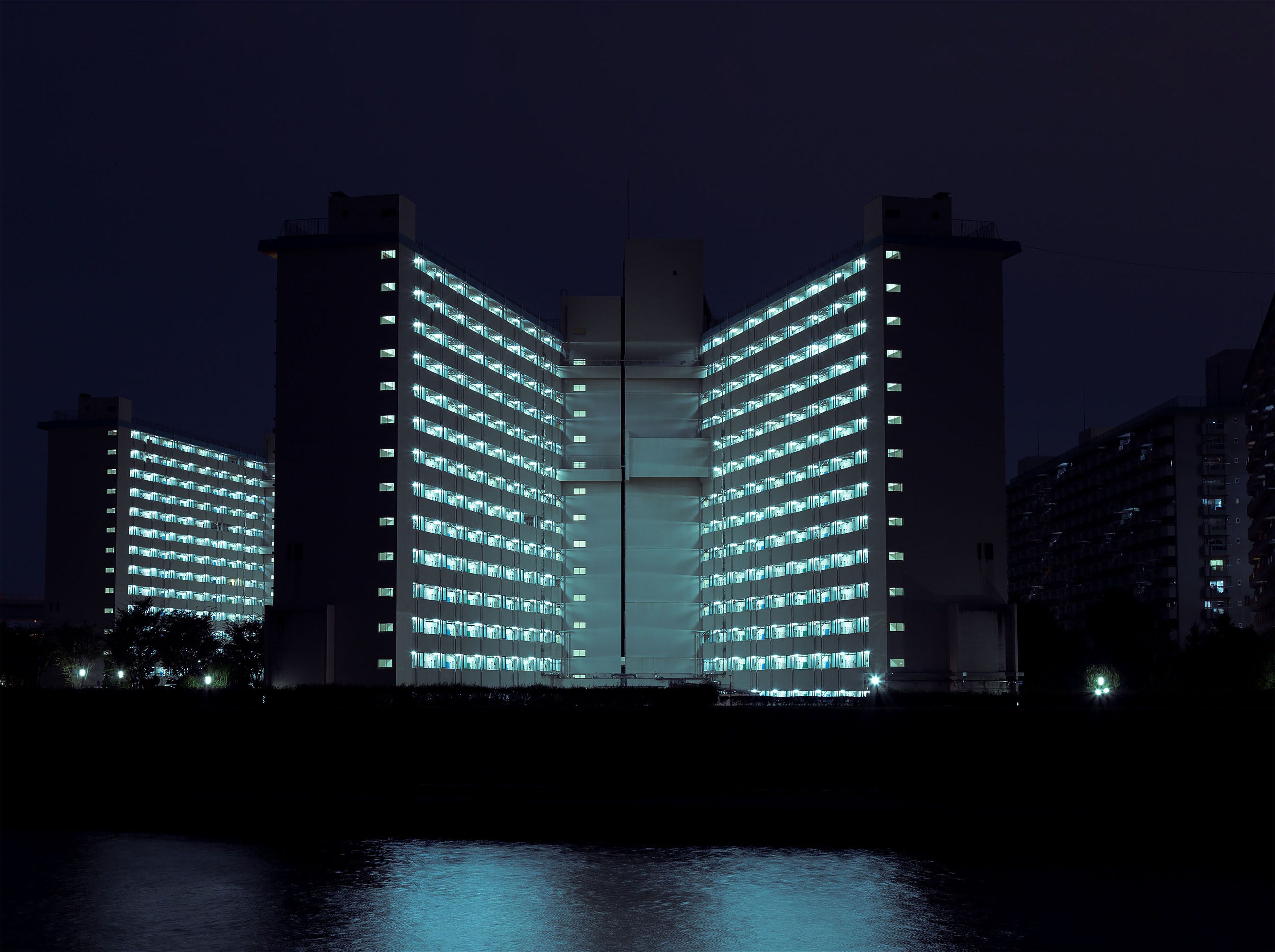

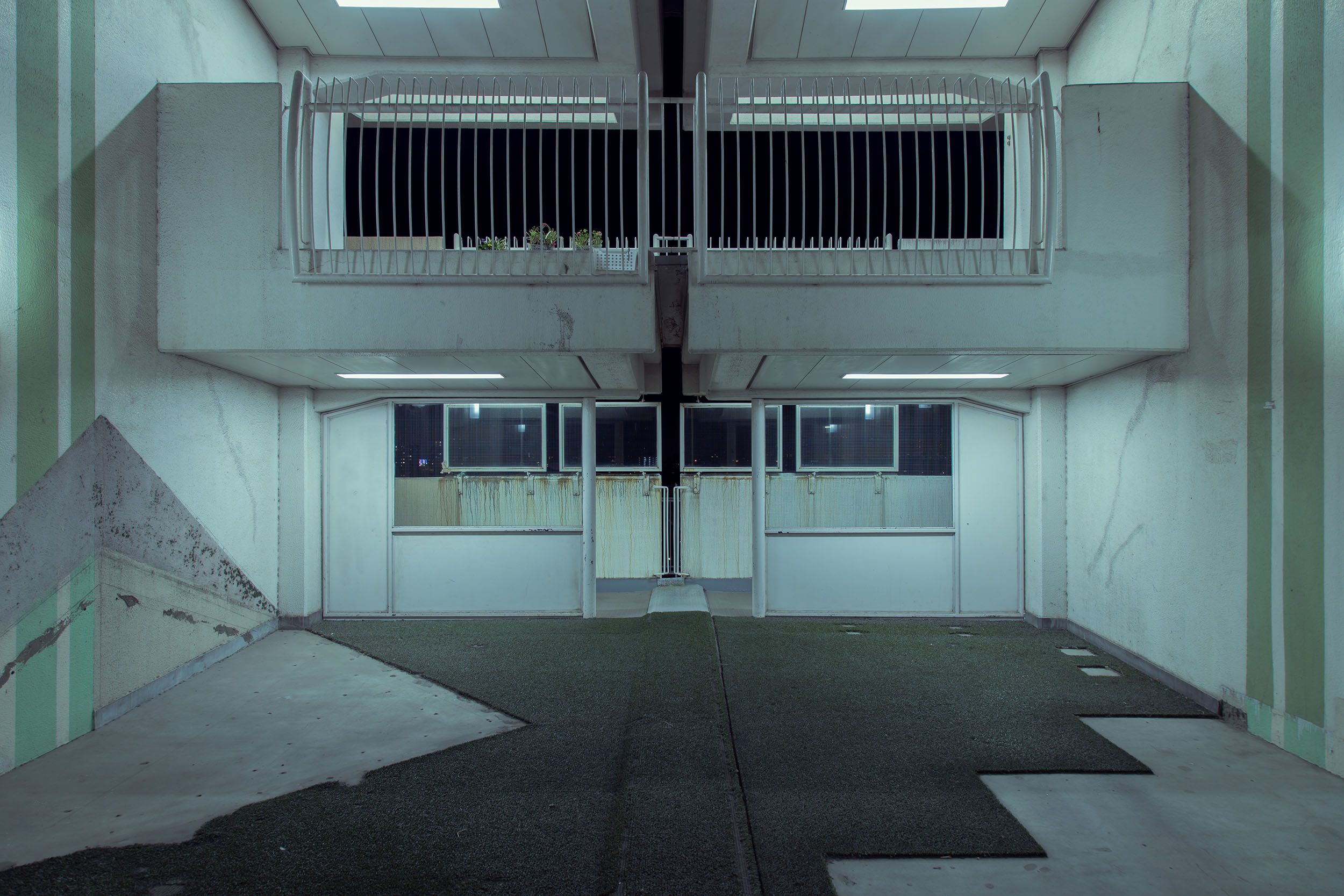
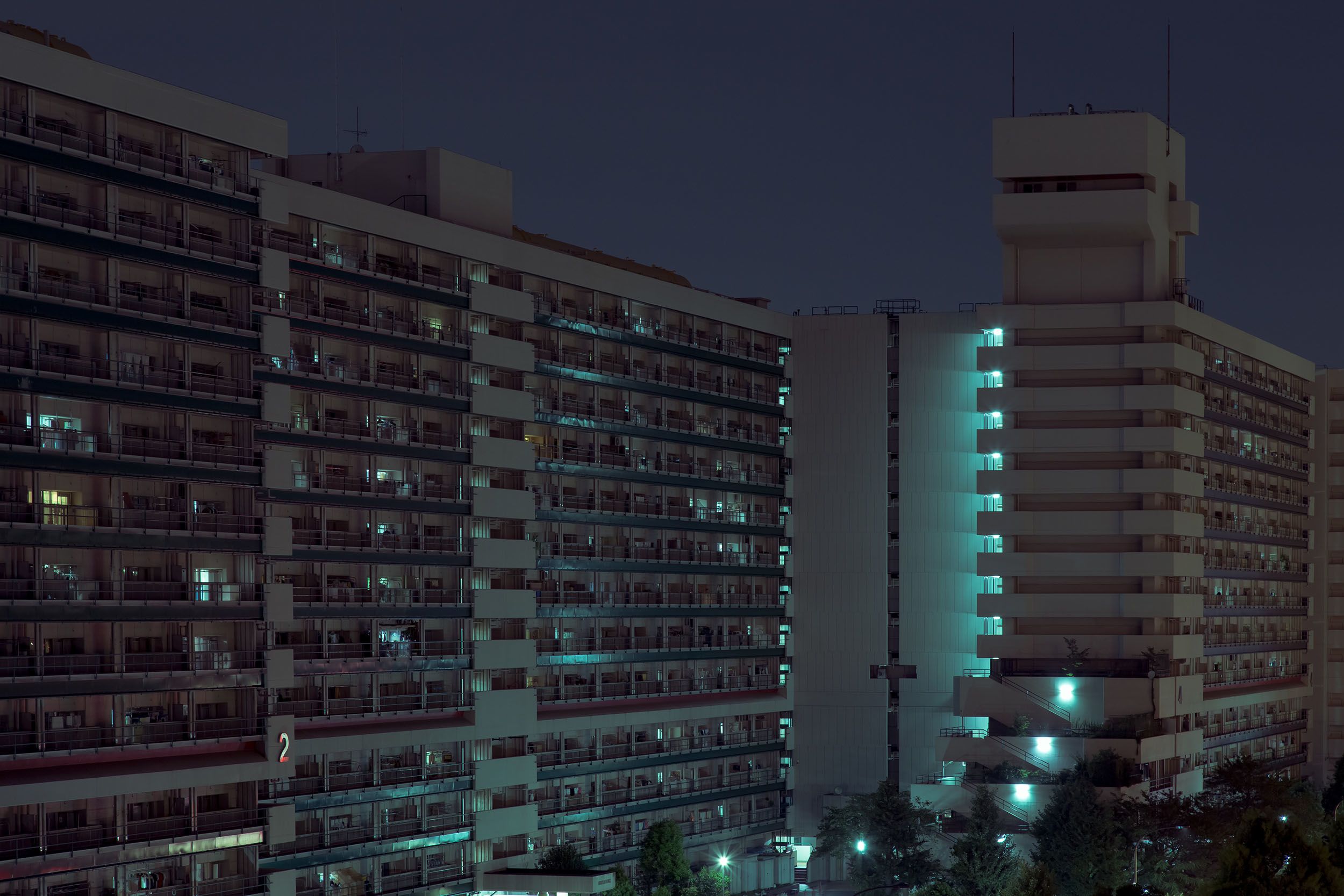
I’ve studied the 1964 Tokyo Olympics extensively. You can see these massive concrete structures built for the Olympics, these utopian visions of a new future that never materialised. I think of it as “retro-futurism” — going back and looking at what the future could have been.
That leads to very interesting questions: what is the trajectory of civilizations, of cities? In New Zealand, what ideas are embodied in our buildings? The buildings I’ve photographed, they’re all wooden houses, they’re all built from a certain period in New Zealand's history.
I think if you situate these images alongside my images of Tokyo, I don't actually feel like they're in different universes. I feel like there is a coherence to this body of work — from Tokyo to New Zealand — they’re all about places we called home, or places looking to find a future.
TS: Why did you call this exhibition, The Places We Called Home, with the past tense?
CE: I’m always looking for key moments in history to situate the work. In the Japanese work, the 1964 Olympics was the focal point.
In The Places We Called Home, it was a major bypass that went through Wellington. It was on the books since the 1970s and was finally built around 2005. So, for 30 years, you had this cheap, condemned, block of land between Basin Reserve and the Terrace tunnel where all these old houses were that were eventually going to become a motorway and you weren't able to develop and so the rent was super cheap. It meant there were all these artists’ studios and a particularly transient energy.
Andrew Ross, the photographer I share this show with, I think he moved to Wellington in 1985. He moved into this area straight away and lived amongst that world where you had very cheap rent, and could be an artist and live in the central city.
Once the motorway moved through, things changed. It’s hard to live here as an artist. This project acts as a retrospective on the place we called home, back in that period, but also asks us to think about what we can call home today.
TS: Your work uses a very cohesive palette. Are those colours representative of nostalgia for you?
CE: I think there's two tones to a lot of the images: One is from the outside, this kind of moonlit, sickly blue, green tone of the outside of the building. And then the second tone, tonality is the yellow tungsten light emerging from within the structures.
This is a kind of familial warmth — so the play between those two is interesting, I think. The viewer is outside looking in on a cold day.
TS: How long do you have to wait for the conditions and light to be right?
CE: Having a full moon can change the images in a way that I don't always like. The images often contain an idea of moonlight but there's not literally a moon in every photo.
I'm quite prolific and it's one of the benefits of shooting digital: you can shoot a lot. I often wait a little while, but I don't try and hang around too much.
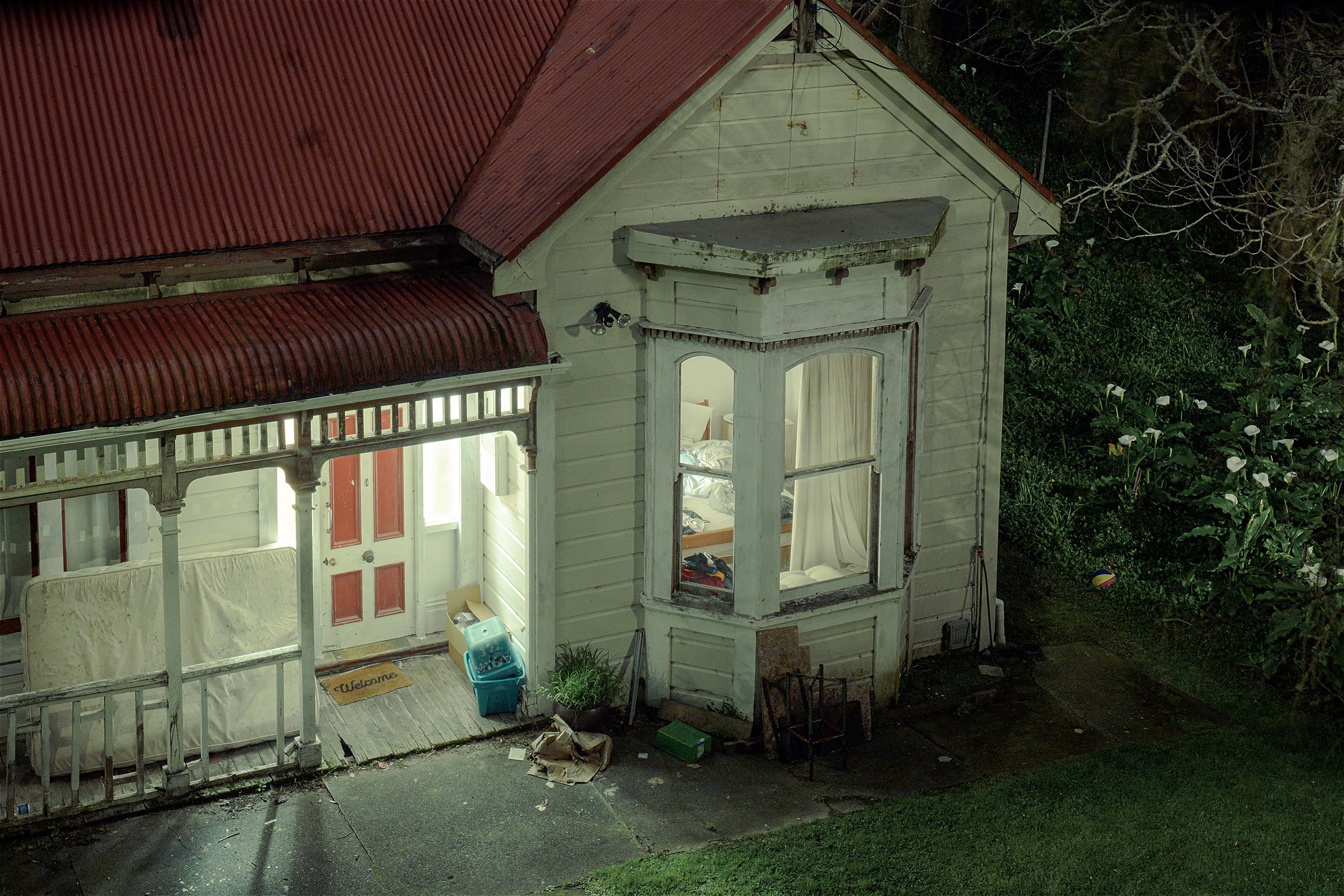
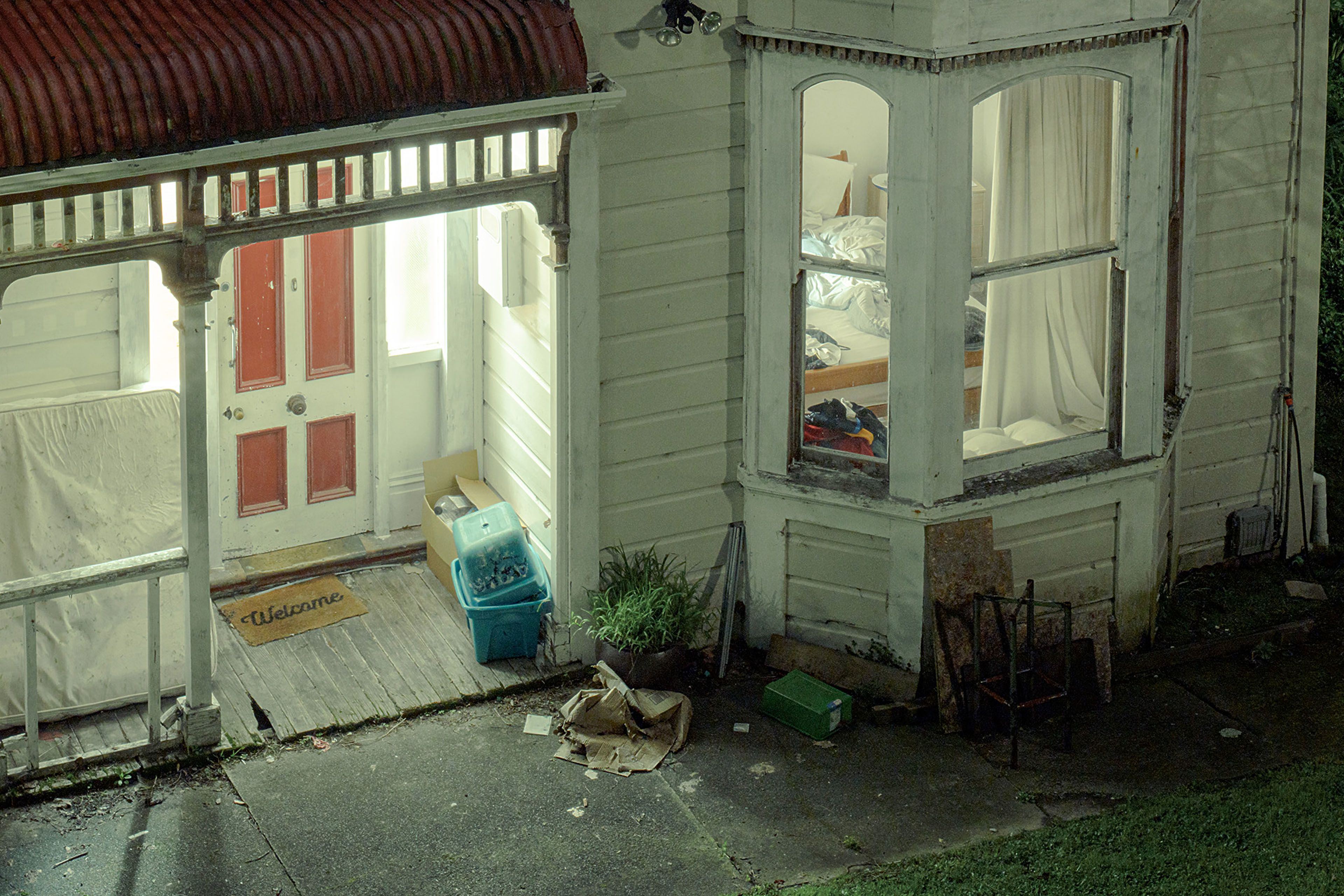
I'm a big fan of serendipity. With this photo, if I had walked past five minutes later, the lights would’ve all been off. So I had to act quickly. I can get my camera set up, tripod and everything, within a few seconds and get the shot. Two minutes after I took that photo, the lights turned off and it was too dark. I don't try and control the variables too much.
TS: I really love that photograph; the white lilies, the ball nestled in the foreground.
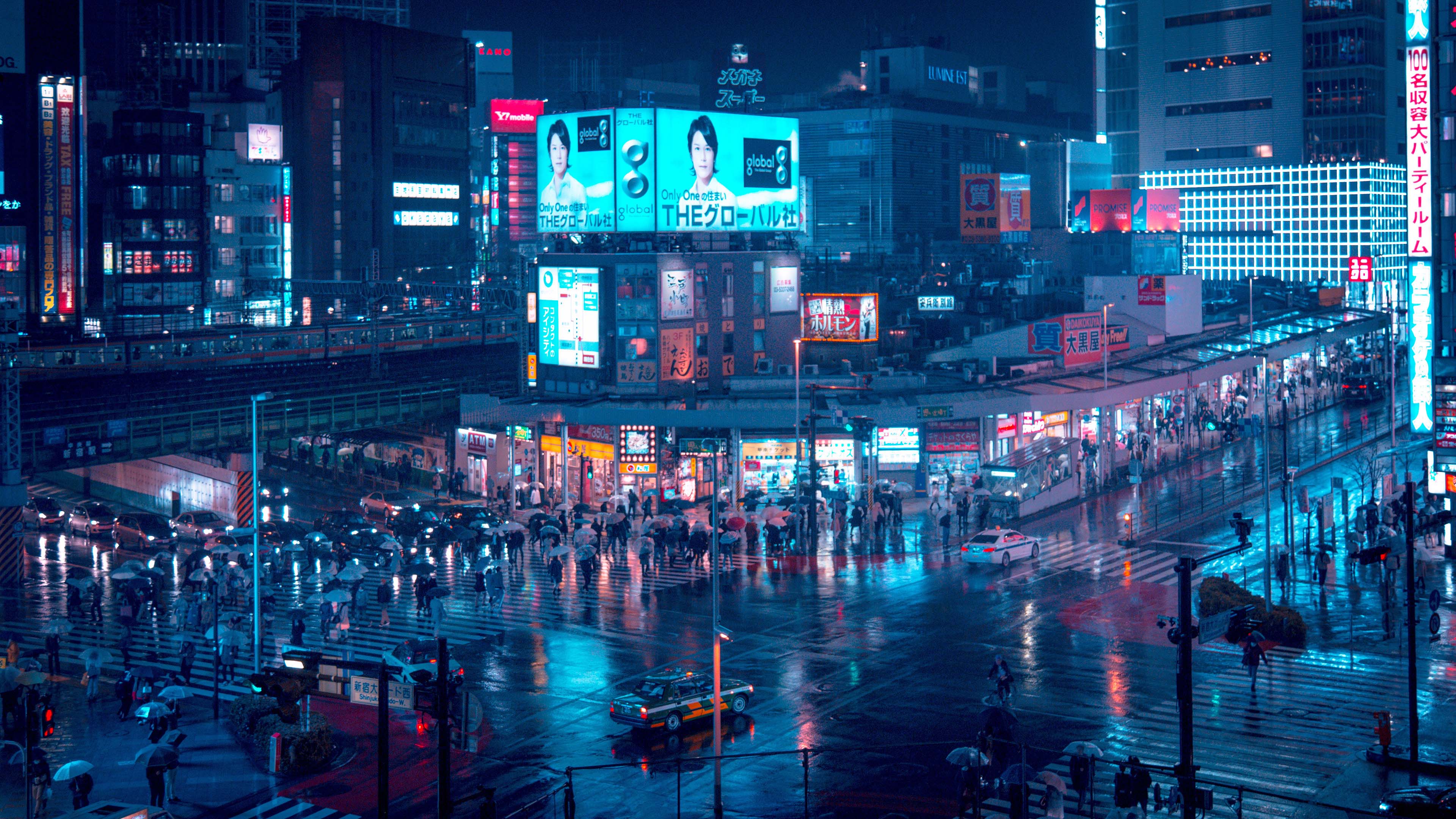

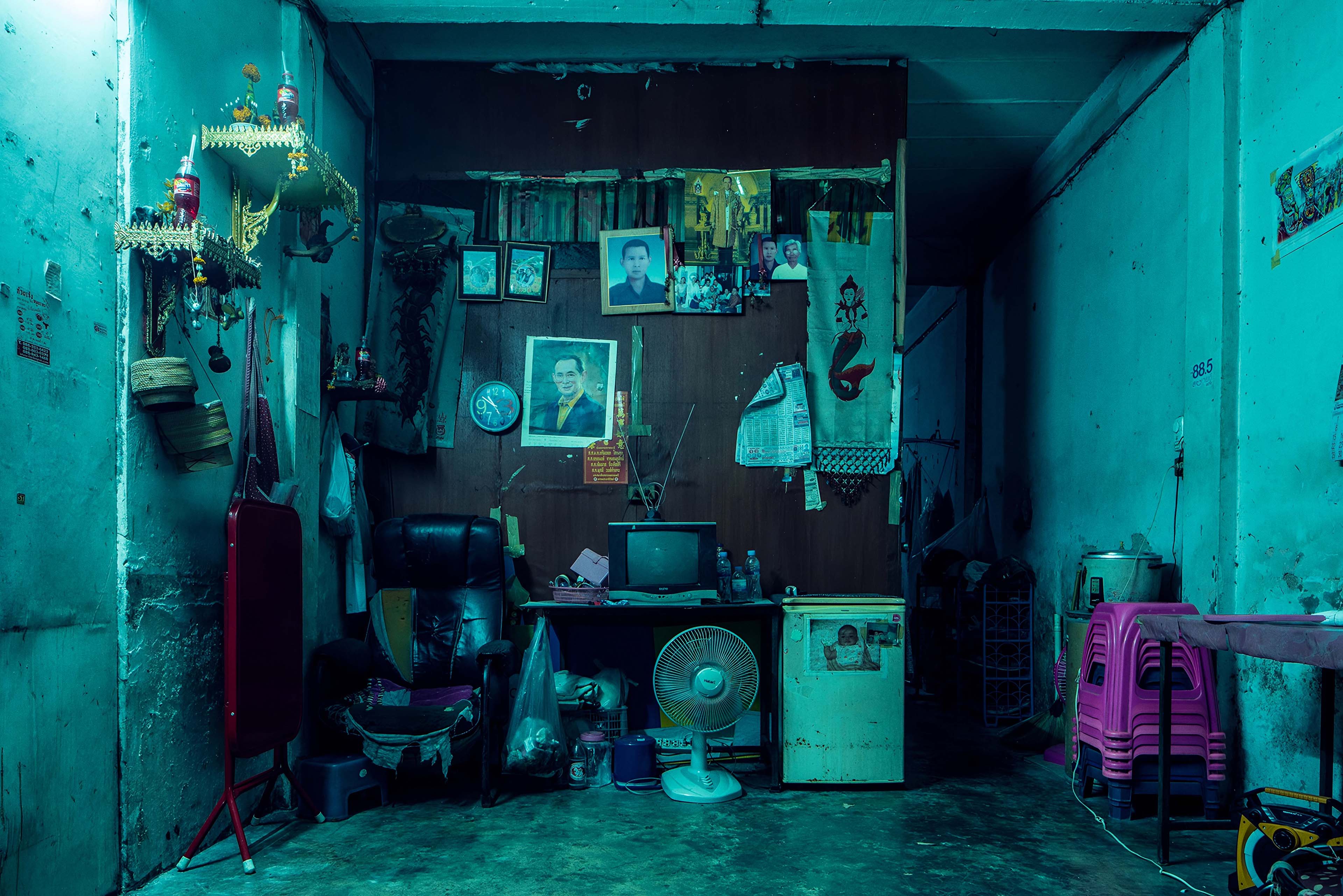

CE: It's cinematic. The way I shoot, everything is in focus. Often with the focal length of the lens you get a blurred background or foreground, but everything's in focus with my work, so that you can look into it and read the story. That's not something I'm crafting, but that kind of mise en scène is within the image because it's a lived place, it's not set up.
TS: Do you do much work in post-production?
CE: I do a lot of editing, primarily the levels. I create a huge raw file that gives me a lot of room to boost the shadows or play with the tones.
I use a Sony Alpha. I've been using it for a few years now. And I've built a relationship with Sony New Zealand and Sony Japan as well, to a degree. They actually sponsored me with a camera Sony Alpha, A7R4, which is an excellent camera. And I also use a tripod.
TS: You walk around with your tripod on your back?
CE: Yeah! It's quite big. There's a tradition that I follow: I always wear the same clothes; I have the same setup and it's a very learned process that I follow. And so when I that process changes or something happens, that can throw me off a little bit. I like to follow my routine. I think creatives call it a flow state, when I'm in that space I'm not able to do anything else.
I have my bag, my tripod, and the shutter release that I use that is a cable. When I'm photographing, I have it in my mouth so that I can operate the camera and take the photo but also see what’s around me.
I have two lenses, but I mainly just use one lens, a 50 millimeter. I've locked in my settings: all my images are F11, five to ten second exposure, ISO 200, and 1.2 meters off the ground. That's it. And so I don't need to do anything else in that space except the thing that matters, which is the composition.
TS: Do you think people look at photography differently online as opposed to printed in an exhibition space, or in a book?
CE: Online consumption is quick, but I think there's an inability to string images together. I believe the real value is being able to produce a series of images online, and make that coherent. You can do a carousel, or scroll on Instagram, but I’ve never felt it’s the right experience.
Whereas, in a book, you can define a linear path for the reader, and it's tactile, so they're going slow down. It’s the same with an exhibition, because you have to wander through the space. The relationship between images and the gallery is also important. In The Places We Call Home, there is a photo of Andrew Ross’s, and you can see the same building out the gallery’s window. So you get a temporal relationship. When you slow down, and walk through the series, you start to ask questions, which if you've got a millisecond on Instagram, you're not going to do that.
I think digital culture encourages the money shots, but they don’t prompt the same level of consideration as an exhibition or a photo book. Digital culture can lead to a simplistic image making, and also very literal, because you haven't got time to ask a question and wait for a response. Whereas, with longer format work, you can slow down and get people thinking and they come out of it with something more.
TS: Seeing something with your body as much as your eyes and your body's relationship to it, I think prompts a different way of thinking.
CE: I think it's easy to be forgetful when you're on a phone and consuming media constantly. Like a desktop computer maybe is a little bit different, but definitely on a phone it’s so rapid.
I think it’s interesting to think about ways to slow people down on the web and really give them something to look at — I think there’s an interesting negotiation between those two speeds.
TS: I had a look at Derive magazine and I see you do print and digital versions of this magazine.
CE: My real passion is print and longer format storytelling. Derive is the word I use for the wandering process that I follow. The magazine is my musings on different places. In the latest edition I explored Hong Kong; it’s very whimsical and dreamlike, and combines images and words. We just do a limited print run, and people get really passionate about it, and there are some who collect the whole series.
TS: Looking ahead, are there any digital storytelling ideas that you’re excited about exploring in 2023?
CE: I'm interested in audio and spoken-word or ambient soundscapes. I think digital storytelling can become more multi-sensory, not even necessarily video, but sound and combined with images.
TS: What photographers do you love and follow?
CE: One of the photographers that I admire is Greg Gerard. He's a Canadian photographer who shot a lot in the ‘70s and ‘80s in Japan, Hong Kong, and other parts of Asia. What I found fascinating is that he sat on the images for many years, and his work is only really coming out now; he's done a few books.
I don’t think there's a lot in common in terms of our technical approach, but we do share the idea of night as a place of transience, and how night can transform a city.
The other thing is this idea of the time capsule. My intention is that, say 20 years from now the images in this exhibition still fulfill a role; the building themselves may be gone.
How can I sit on this work for a long period of time? And how will the meaning of the images change? There are already buildings in the Derive books that have been demolished. I feel I have a kind of responsibility to capture them and document that story, but not just an objective diagram of the building, but the story of how it felt; the image needs to convey what a space felt like.
TS: That’s interesting in relation to your images having everything in focus, too. They have a crisp all-over documentation. You capture all the details.
CE: I think of it as a scientific approach. The lens that I use is like architectural lenses; it's called a tilt shift lens. It allows you to get very straight lines and control the image more than you would with a normal lens. You can see how the lines are all vertically straight. In some ways, it’s cold and clinical and thorough. I think the building is showing itself as it is, with all of the details and decorations in focus.
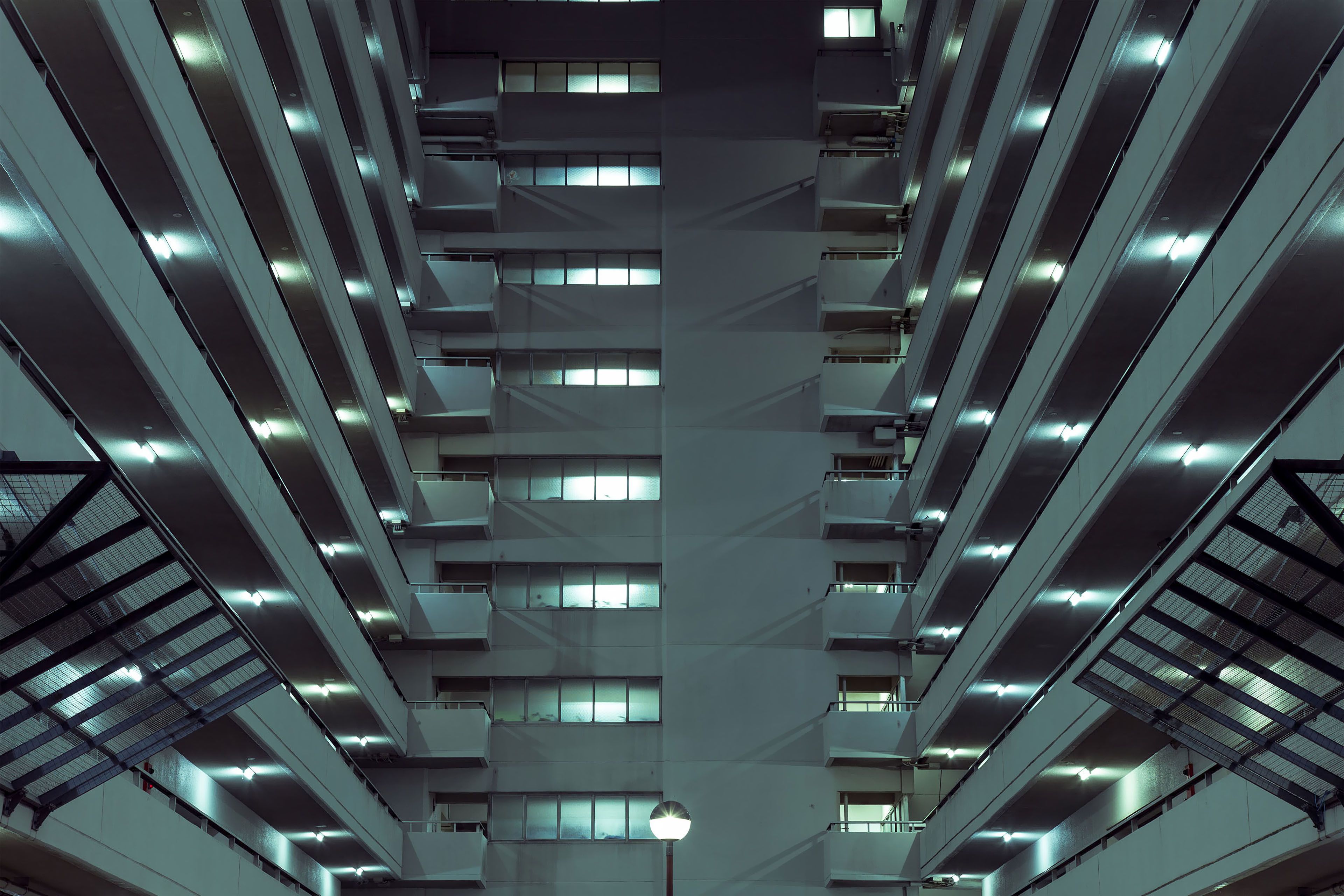
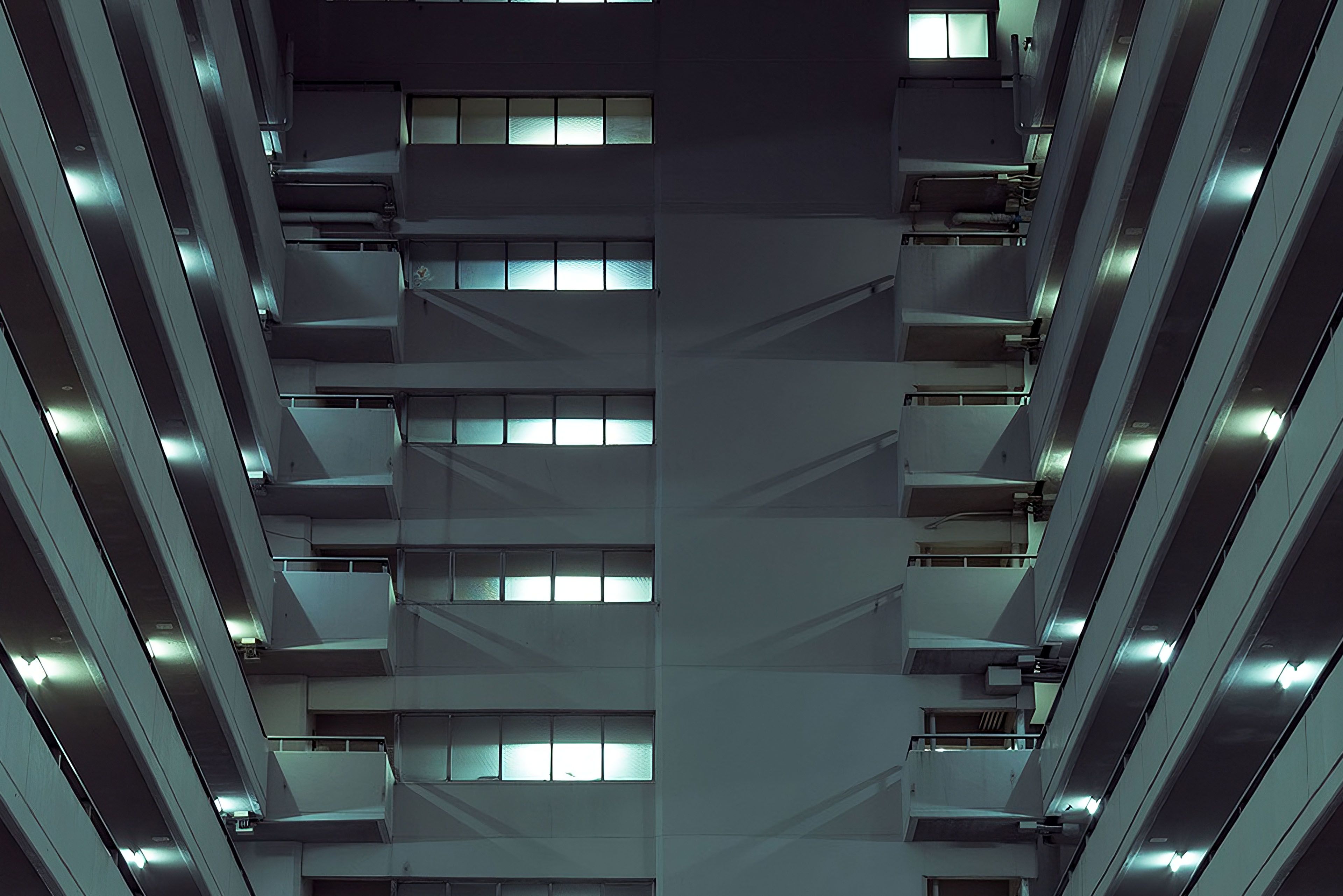
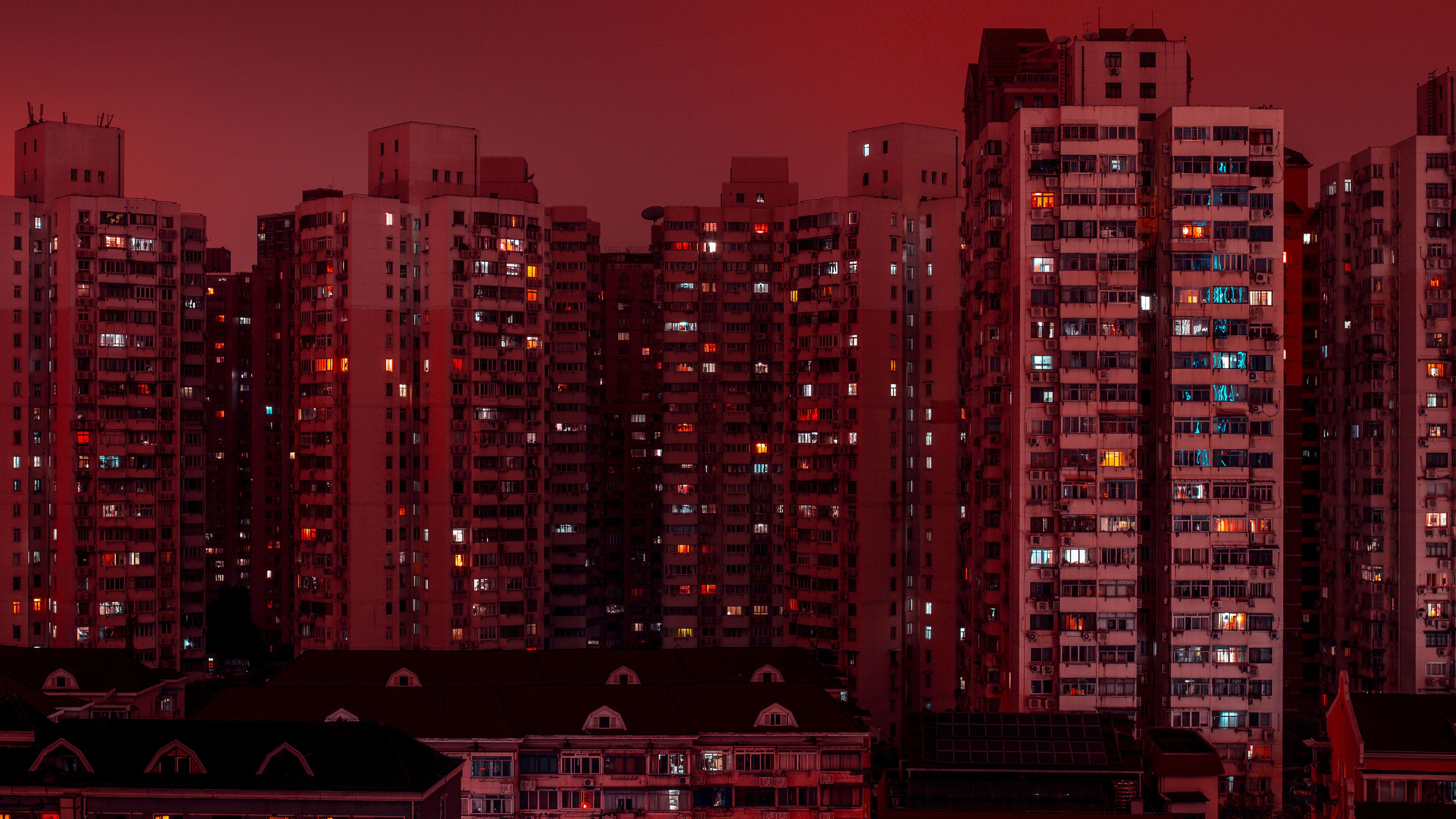
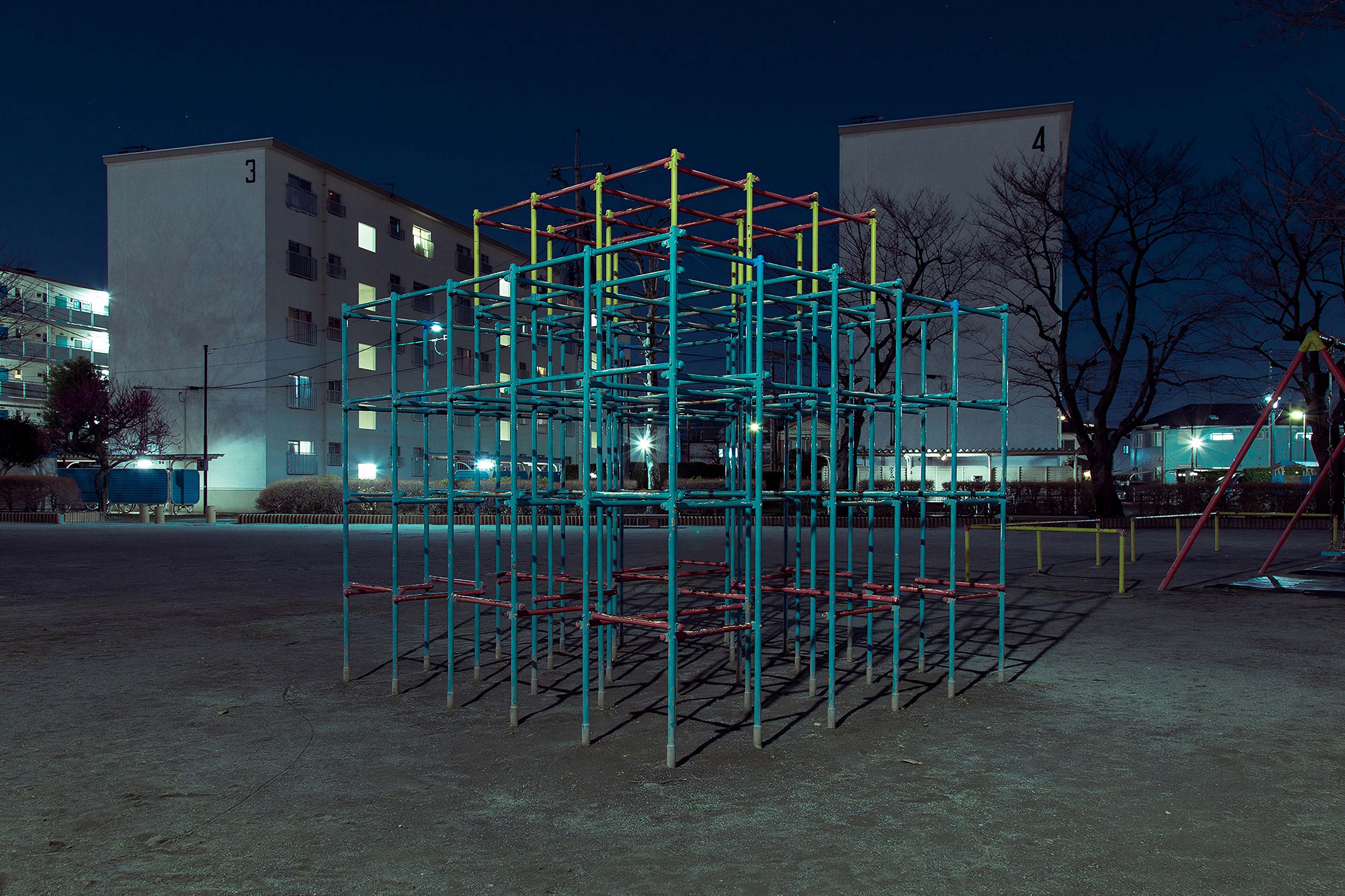
TS: Do you ever go back to a place to photograph, or is it always about that precise, first moment?
CE: I wouldn't actively go back unless I felt like there was an opportunity or I hadn't quite seen everything. And there's always something else around the corner that I can go and shoot.
I don't have to capture everything. I think this obsession with seeing all and capturing all is almost detrimental. Sometimes I just walk around with my camera and don’t take photos. I'm just looking.
All images courtesy of Cody Ellingham
Follow Cody on Instagram

